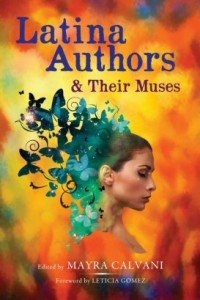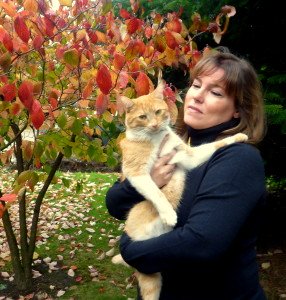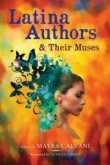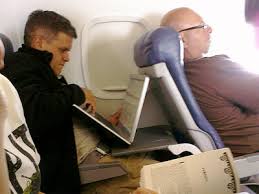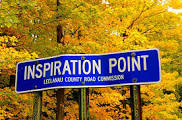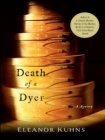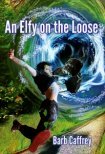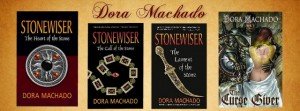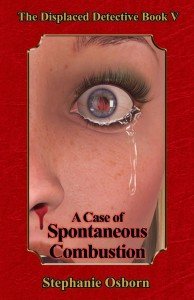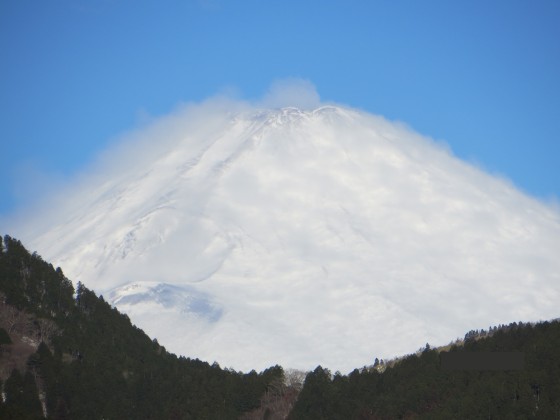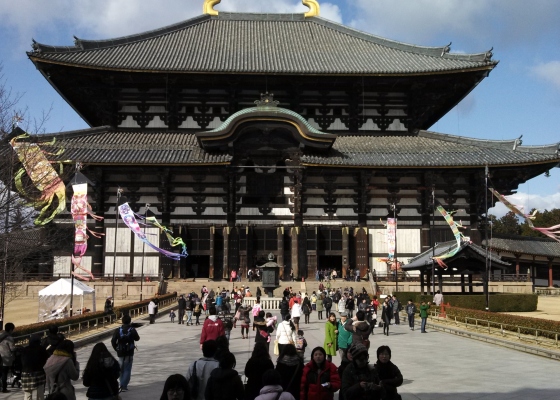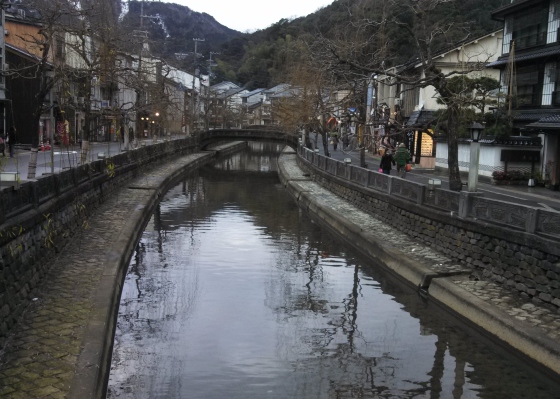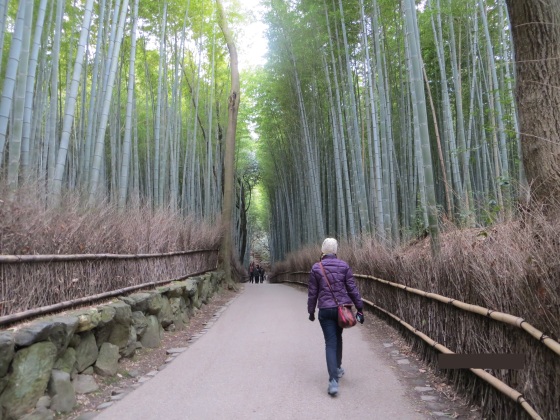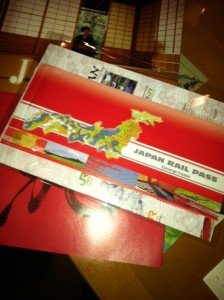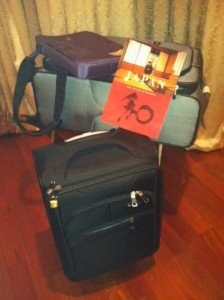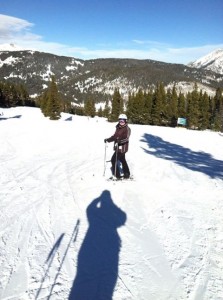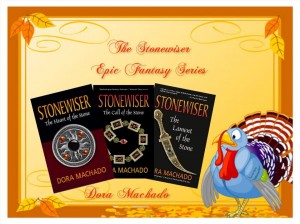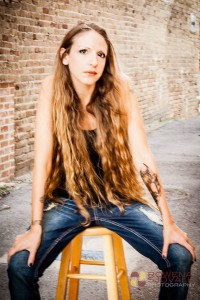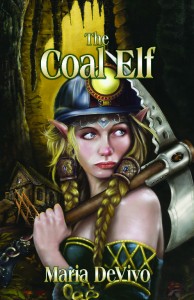Hello everyone!
Can you believe it’s already February? How time flies when you’re having fun! I’m so pleased to have Mayra Calvani visiting with us today. Her latest book, Latina Authors & Their Muses is a breakthrough exploration of the writing craft and the ways in which authors find their inspiration and channel their creativity. I’m so very excited to be a tiny part of her visionary project. I hope you’ll enjoy meeting the talented Mayra Calvani as much as I enjoyed speaking with her.
D.
Hello Mayra and thanks for visiting with us. Congratulations on your latest book, Latina Authors & Their Muses. What is it about and why did you decide to write it?
Thanks for having me on your blog, Dora! Latina Authors and Their Muses is a very dear, love project of mine which began its long journey several years ago. As you know, since you’re part of it, it is an anthology of interviews with 40 Latina authors living in the States and writing primarily in English, authors writing in various genres from literary to fantasy to paranormal to romance, and then some. It is a celebration of creativity and the artist’s soul, but it also offers savvy advice on the business of publishing and book promotion. I hope that my book will serve to inspire and inform the Latina authors of the future. One thing I should mention, though, is that while the book is especially focused on Latina writers, the topics discussed are of interest to all women writers.
I was inspired by another collection of interviews edited by a person I deeply admire and once had the chance to invite to my house for dinner: Carmen Dolores Hernández, book review editor of El Nuevo Día newspaper in Puerto Rico. The book is titled Puerto Rican Voices in English. Carmen sent me a copy and I loved reading about the various authors. I immediately toyed with the idea of putting together a similar tome. This was way back in 2005.
How many authors did you interview and what kind of questions did you ask?
As I mentioned, I interviewed 40 Latina authors writing in different genres and in different stages of their careers, from new writers with a debut novel to established, well-known names with a long track record. I was particularly interested in their childhoods and what events or people were influential in them becoming authors. I was also especially interested in what it means to be a “professional” or “successful” author and the part money plays in this equation. There are also questions about the creative process, craft, balancing writing with life, the psychology of writing (the “price” we have to pay for being artists, isolation, and guilt), their books, agents, publishers, and book promotion.
The book is also a chock-full of resources in terms of organizations, award competitions, agents, journals and publications catering to not only Hispanic authors but also authors in general.
What did you discover about Latina Authors and their muses? What surprised you?
I was surprised by how different the journey has been for each author. For some, finding an agent and getting published by one of the big NY houses was fairly quick and easy. For others, it has taken many years.
We all love the romantic notion of a Muse but, at the end, it’s all about commitment, determination, persistence, relentless passion, and hard work that makes most authors succeed. I was inspired, and humbly impressed by this remarkable group of women who’ve become, in fact, my Muses.
Thank you so much for sharing this extraordinary journey with us, Mayra. And thanks again for allowing me to be a small part of this grand, visionary project.
Thank you for this opportunity, Dora! I truly appreciate it!
About Mayra Calvani
Mayra Calvani writes fiction and nonfiction for children and adults and has authored over a dozen books, some of which have won awards. Her stories, reviews, interviews and articles have appeared on numerous publications such as The Writer, Writer’s Journal, Multicultural Review, and Bloomsbury Review, among many others. In addition, she’s a regular contributor to Blogcritics.org and Examiner.com. She’s traveled extensively and lived in three continents, but now calls Belgium her home. When she’s not writing, reading, editing or reviewing, she enjoys walking her dog, traveling, and spending time with her family.
